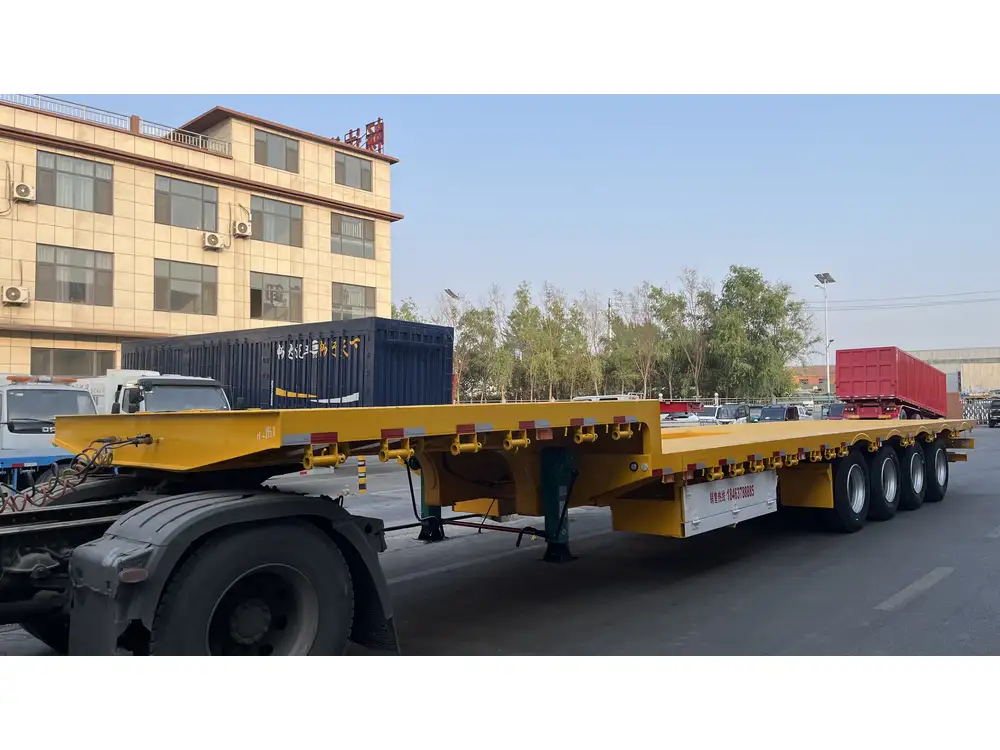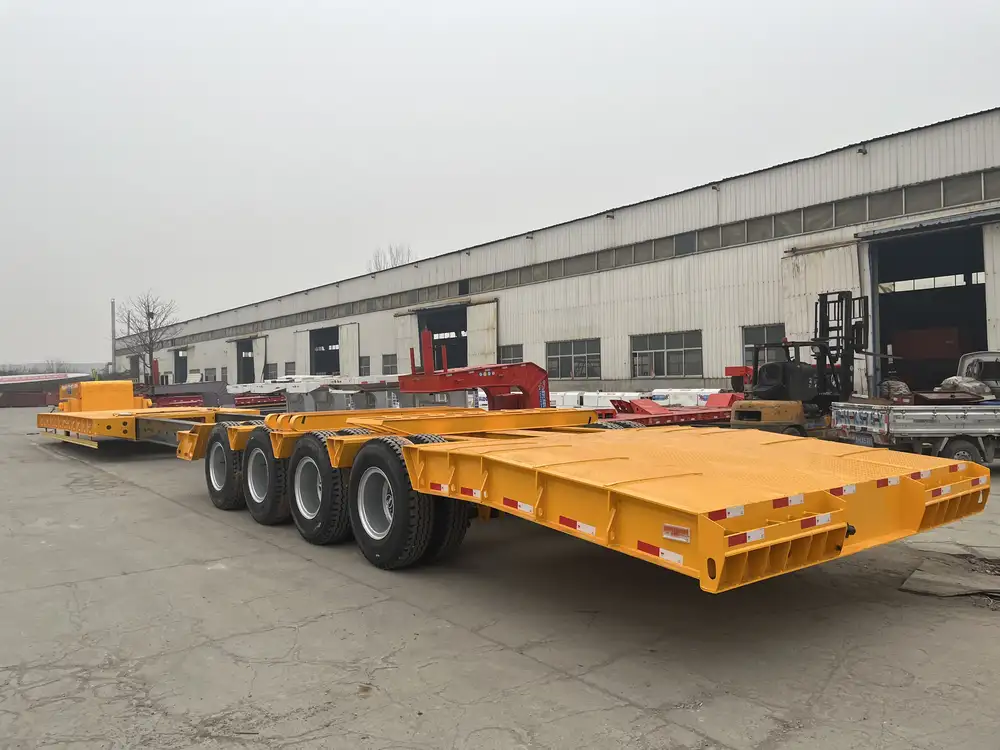When navigating the landscape of commercial trucking, understanding the lifespan of trailer tires is paramount for efficiency, safety, and cost management. Tire maintenance decisions impact not only performance but also compliance with stringent regulations that govern the transport industry. The questions that often arise encompass various factors: How long does a trailer tire last on a semi? What influences this lifespan? And how can we optimize our tire performance for longevity?
Factors Influencing Tire Longevity
1. Tread Wear and Quality
The quality of the tire tread fundamentally affects the lifespan of semi-trailer tires. Tires with deeper treads often resist wear and provide superior traction, especially on diverse surfaces and during adverse weather conditions. Recognizing tire brands with proven longevity, such as Michelin, Goodyear, and Bridgestone, is crucial for selecting high-quality tires.

Comparison of Tread Depth and Lifespan:
| Tread Type | Typical Lifespan | Pros | Cons |
|---|---|---|---|
| Standard Tread | 50,000 – 70,000 miles | Affordable, good grip | Less effective on wet roads |
| Premium Tread | 70,000 + miles | Excellent performance, longevity | Higher initial cost |
2. Load and Weight Distribution
The load that trailer tires bear significantly influences their lifespan. Overloading tires beyond their rated capacity can lead to excessive wear and premature failure. It’s vital to adhere to manufacturer’s load limits and consider the distribution of weight across the trailer for balanced wear on all tires.
- Consequences of Overloading:
- Increased heat build-up
- Accelerated tread wear
- Risk of blowouts
3. Road Conditions
The conditions of the roads traversed by semi-trailers can drastically affect tire longevity. Tires navigating smooth, well-maintained highways will experience significantly less wear compared to those frequently driving on pothole-ridden urban streets or unpaved rural roads.
Comparison of Road Types and Impact on Tires: Road Type Impact on Tire Wear Smooth Highway Minimal wear Paved City Roads Moderate wear Gravel/Dirt Roads Significant wear

4. Driving Habits
Driver behavior plays an instrumental role in tire maintenance. Aggressive acceleration, abrupt braking, and sharp turning can all exacerbate wear. Training drivers in best practices for tire care can lead to enhanced lifespan and reduced costs.
- Driving Practices to Enhance Longevity:
- Gradual acceleration and deceleration
- Maintaining consistent speeds
- Avoiding hard turns
5. Climate and Temperature
Environmental factors are critical in determining tire performance. Extreme temperatures, both hot and cold, interact with tire materials, affecting their integrity and wear patterns.
Tire Performance in Various Temperatures: Temperature Range Impact on Tires Below 32°F (0°C) Increased stiffness, risk of cracking Above 100°F (38°C) Softening of rubber, increased wear
Average Lifespan of Semi-Trailer Tires
On average, semi-trailer tires are designed to last between 50,000 and 70,000 miles. However, certain conditions can extend or reduce this range significantly. Considering all the aforementioned factors, many operators achieve upwards of 100,000 miles with ideal maintenance and use.

Case Studies on Longevity
- Fleet A: Utilized premium-grade tires on smooth highways, achieving 95,000 miles.
- Fleet B: Suffered from poor weight distribution and overloading, leading to 40,000 miles on lower-grade tires.
These disparities underline the importance of proactive tire management.
Best Practices for Maximizing Tire Lifespan
1. Regular Inspections
Conduct routine inspections for signs of wear and tear. Look for:
- Irregular tread patterns
- Cracks or punctures
- Uneven wear across tires
Schedule professional inspections quarterly to ensure that tires remain in optimal condition.

2. Maintain Correct Tire Pressure
Tire pressure should be checked regularly, ideally before each trip. Maintaining the recommended PSI levels is vital, as under-inflated tires wear out faster and can lead to blowouts.
3. Rotation and Alignment
Rotating tires at regular intervals promotes even tread wear. Misalignment can also excessively wear specific tires, so annual alignment checks are advisable.
Rotation Schedule:
- Every 6,000 to 8,000 miles or as recommended by the manufacturer.
4. Proper Storage
When tires are not in use, store them in a cool, dry place. Avoid exposing tires to direct sunlight or harsh chemicals which can degrade rubber.

Common Questions and Concerns
– How can I tell if my tire is worn out?
Check the tread depth using a gauge or the “penny test” (inserting a penny into the tread; if Lincoln’s head is fully visible, tire replacement is necessary).
– Should I replace all tires at once?
While it’s not always necessary, replacing tires in sets can ensure balanced handling and prevent irregular wear across the trailer.

– What is the best time to buy tires?
Consider purchasing tires during sales events or off-peak seasons, typically in late winter and early spring.
Conclusion
Understanding the factors that affect the lifespan of semi-trailer tires equips operators with the knowledge needed to maximize their investment. By implementing industry best practices for maintenance and being proactive about inspections and care, fleets can significantly extend the life of their tires. It is not merely about pulling a load from point A to B; it’s about ensuring safety, efficiency, and cost-effectiveness in every mile traveled.
By addressing potential challenges with foresight and strategy, users can tap into the full potential of their semi-trailer tires and maintain operational excellence on the road. Regular evaluation of these elements not only ensures prolonged tire life but also enhances the overall performance of the transportation fleet, a fundamental component of sustainable transport logistics.



